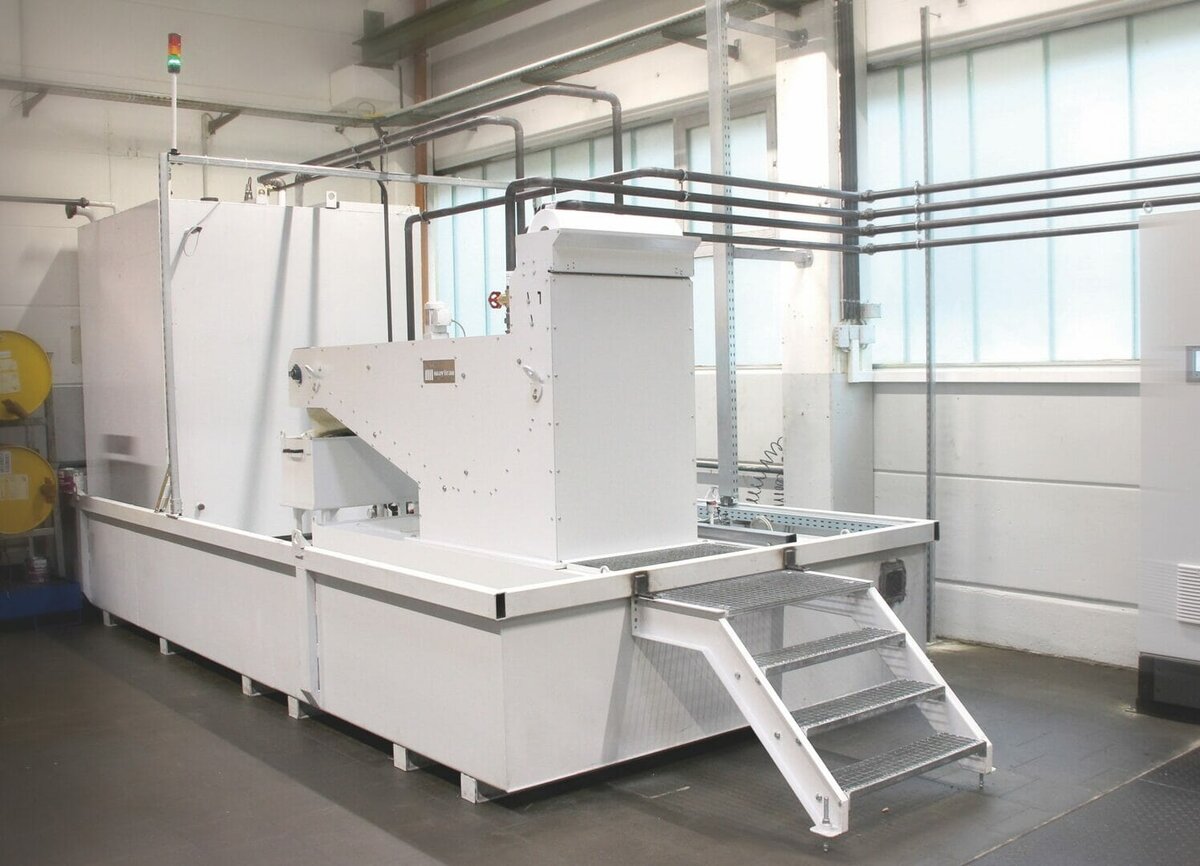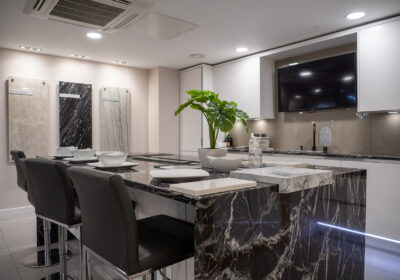At two workshops of Voswinkel GmbH, 33 automatic lathes are currently producing components for hydraulic fittings, couplings and tube systems. This generates large quantities of chips and cutting oil which have to be removed and cleaned centrally. All processes were automated and fitted with a central control during a complex modernization project, for which KABELSCHLEPP GmbH Hünsborn was responsible.
The existing plant for handling chips and cutting oil was modernized and automated and all sections – whether old or new – were linked with a new central control, all within a period of only three weeks. “We wanted to carefully adapt the old system to the new requirements,” explains Thomas Stein, Industrial Engineer at Voswinkel GmbH. “It was important to us to receive everything from one source – we also wanted KABELSCHLEPP to handle the entire coordination with additional suppliers.” In addition to several new conveyors, Voswinkel decided to also invest in a new belt filter system.
As part of the disposal concept, all chips are guided through a centrifuge where most of the adhering oil is removed. From the centrifuge, the chips are then transported into the corresponding chip containers.
The dirty cutting oil is collected in a scraper conveyor. This runs in cycles to ensure sedimentation and to transfer as little cutting oil as possible during conveying. In addition, the cutting oil is pre-filtered here and pumped to the central belt filter system with an integrated lifting station, achieving a degree of purity of 25 µm and a flow rate of around 250 liters per minute.
The currently 33 machines are supplied from a supply tank through a ring line which feeds the requested cutting oil quantity to each individual machine, depending on the pressure. If the preset pressure level drops, for example due to an increased demand for cutting oil from a machine, the pumped volume is adapted. The entire process is controlled centrally with the newly supplied control and is fully automated.
The aspects described are only examples for the fully automated, centrally controlled processes which, in their entirety, are the essential advantage of the new system for Voswinkel. “The time required for operation and maintenance of the system has been reduced substantially since we have been able to monitor and control all components through the central terminal,” explains Thomas Stein.




